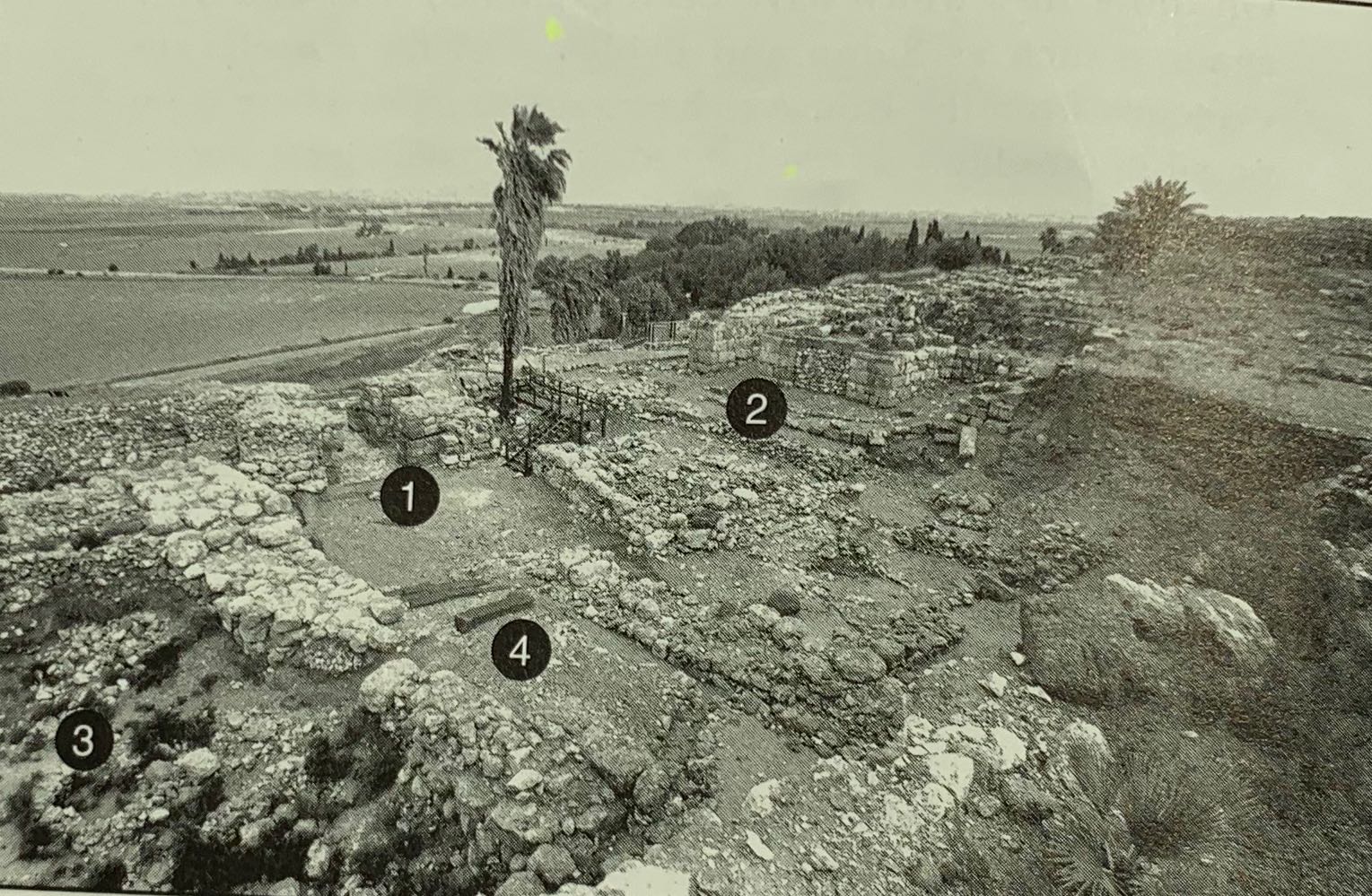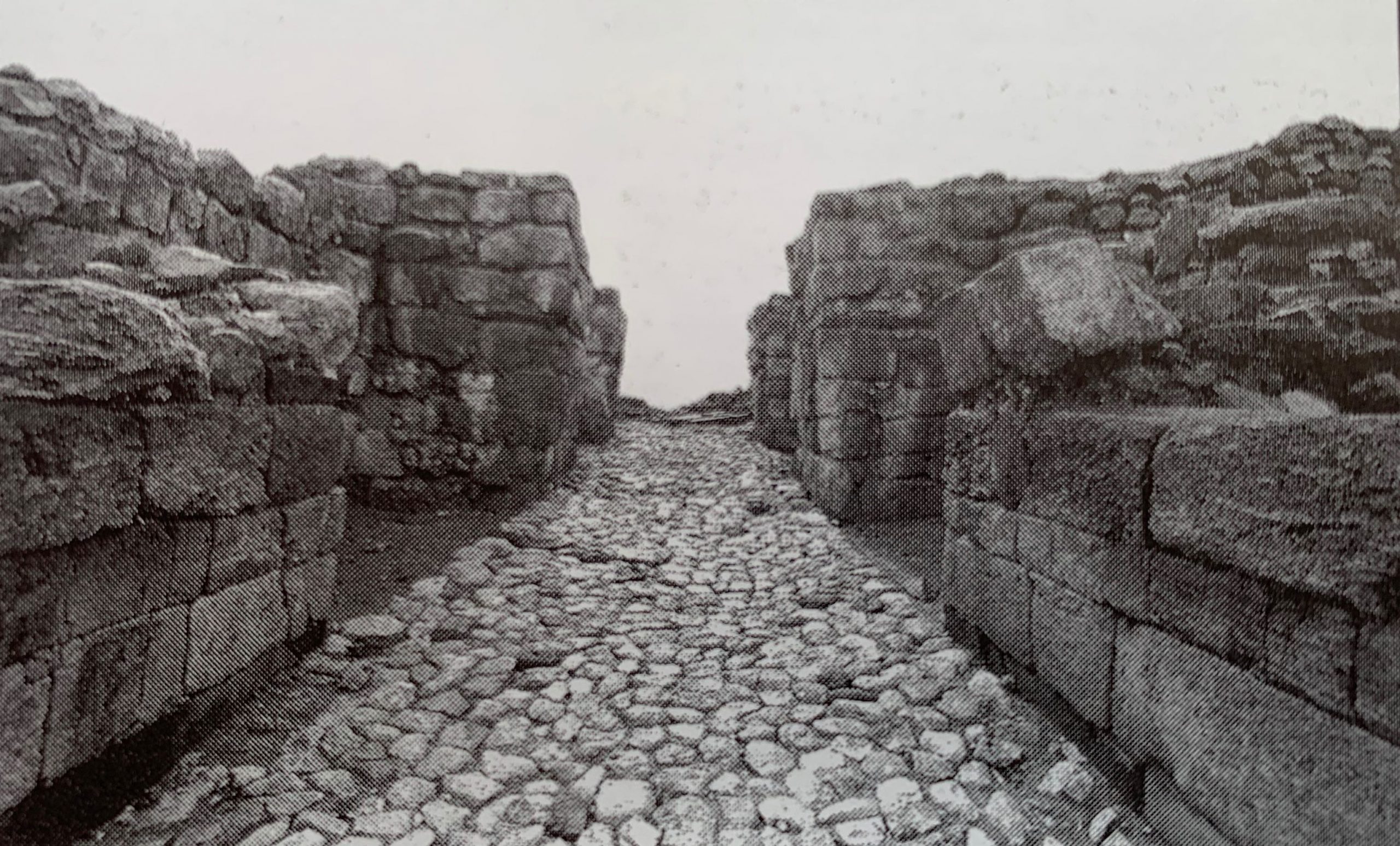I told you in the Nugget titled “No Evidence for King David?” that following the exploratory work of Kathleen Kenyon it was concluded there was no evidence for the zenith of the time of the Kings of Israel. In fact the archaeological evidence seemed to suggest Palestine at that biblical time was no more than a series of rural villages. Kenyon and others claimed there was no evidence whatsoever for the peak of the Kingdom of Israel under David and Solomon. Kathleen Kenyon stated “archaeology has provided us with little direct evidence of the glories of Solomon’s court . . . away from the capital the civilization was not of a very high order.” How contrastive is that to what her father Kenneth Kenyon had said which I quoted in the October 5th Nugget – “Archaeology has not yet said its last word; but the results already achieved confirm what faith would suggest, that the Bible can do nothing but gain from an increase of knowledge.”
Jewish archaeologist Yigael Shiloh who looked in what was thought to be the Early Iron Age strata in Phoenicia where Solomon was supposedly involved in sophisticated building techniques, said “We find a complete absence of monumental ashlar building techniques – in fact we find no monumental stone buildings at all! There is no possibility of determining the existence of a clear connection between the ashlar masonry of Judah and Israel and Iron Age Phoenicia.” In fact before his ground breaking research into the New Egyptian Chronology, David Rohl wrote, “Under the conventional chronological model the stories of Solomon and his ally Hiram of Tyre have to be complete exaggeration or pure fiction.”
So what is it the biblical text means when it refers to the works of David and Solomon? What is the Millo or the millo? Is it a place name or it some feature on the physical landscape? Before more recent archaeological work was done, the millo was a bit of a mystery. Early translations refer to it literally straight from the text but it was never translated. It was merely transliterated.
Nevertheless David took the strong hold of Zion; the same is the city of David.. . And David dwelt in the strong hold, and called it the city of David. And David built round about from Millo and inward.
2 Samuel 5:7-9
And this is the reason of the levy which king Solomon raised; for to build the house of the LORD, and his own house, and Millo, and the wall of Jerusalem, and Hazor, and Megiddo, and Gezer.
1 Kings 9:15
It is now realised that its etymology or derivation comes from the verb [ml’] which means “to fill up”. Later translations now refer to it as an in-filled or back-filled area to shore up slopes for building foundations. In other words the terraces or as the Message version puts it the defence complex. (See later Bible versions of the verses above.)
When David Rohl and his team applied the New Chronology to the account of Solomon’s activities in and around Megiddo, new light was shone on the archaeological evidence. They have been able to identify the following features of the Late Bronze Age Palace (1). The building is fifty metres in length with two-metre thick walls. The entrance gate leads to palace apartments on three sides. The largest hall or possibly the throne room has an imposing portico flanked by two basalt pillars. One of the palace rooms is paved with seashells and has a square basin at its centre – obviously a bathing room. A royal treasure (2) was found in room 3100 of the palace which included gold vessels, jewellery of different styles from an assortment of sources – gold and lapis-lazuli beads and a collection of ivory plaques. The collection of carved ivory numbered over 200 pieces (3). The workmanship was described as “the best Canaanite art yet seen”. Yigael Yadin of the Hebrew University called the hoard of ivory “the richest collection of Canaanite carved ivory yet discovered in Palestine.

A triple-entry gateway (4) was located on the east side of the palace at stratum VIII. It is constructed of fine ashlar (sawn stone blocks from a single layer of a basalt slab). The front and rear façades of the gate consist of three courses of ashlars above which is a relief layer of loose pebbles faced with a cedar beam. The ashlar layer continues on above the beam. Exactly this kind of construction was featured in the temple and palaces of Jerusalem described during the reign of Solomon according to 1 Kings 7:9-12. Such construction has been found in Megiddo at exactly the place where Solomon is said to have carried out such work.

In David Rohl’s own words “this impressive series of finds shows that Megiddo reached its zenith during the Late Bronze Age precisely when we have placed the kings of Israel from David to Ahab in the New Chronology. I think it would be instructive to look in more detail at some of the luxury artefacts from Megiddo with the intention of comparing them with the description of Solomon’s reign from the Old Testament narratives.”
Next Nugget we will turn our attention to the Jerusalem Millo.
Source: A Test of Time by David Rohl, Chapter Eight – The Age of Solomon
